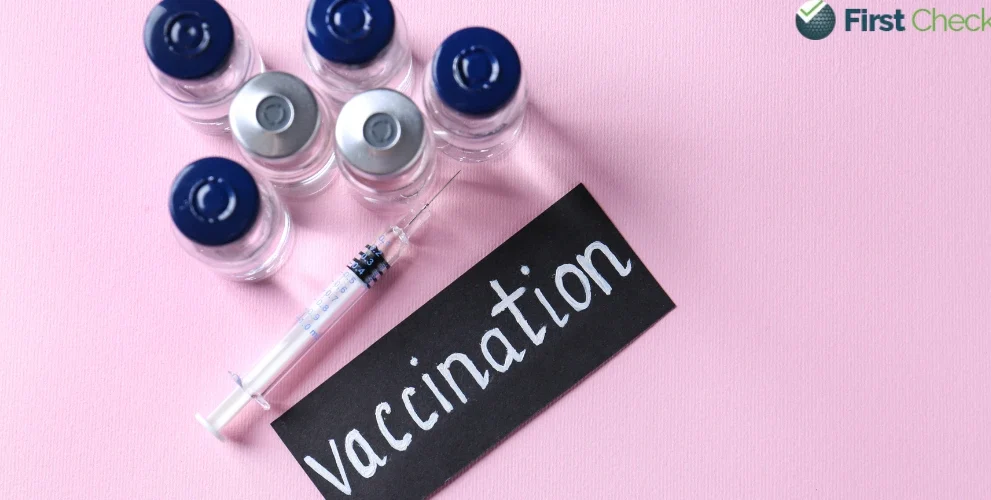The fourth-most prevalent cancer among women globally, cervical cancer has a notable impact on low- and middle-income countries.
By Florica Brahma
There have to be better ways to beat cervical cancer than social media influencers faking their own death in order to spread awareness about the disease. Earlier this month, during the interim budget speech for 2024-25, India’s Finance Minister expressed the government’s commitment to implement human papillomavirus (HPV) vaccination as a crucial measure against cervical cancer.
As per the latest available data, nearly 125 countries have implemented HPV vaccination programmes. This means accessibility for one in three girls aged 9-14, globally; 47 countries offer vaccination for boys as well to further reduce the prevalence of HPV in the community.
Cervical cancer is the fourth-most prevalent cancer among women globally, with a notable impact on low- and middle-income countries. According to the World Health Organization (WHO), almost all individuals who engage in sexual activity experience HPV infection at some stage in life. Certain strains of HPV are responsible for the development of genital warts, while others can contribute to the onset of cancer.
The HPV vaccine serves as a preventive measure against HPV infection and cervical cancer. The vaccine also guards against HPV-induced cancers in the mouth, throat, head, and neck. The administration of the HPV vaccine to adolescent girls plays a pivotal role in mitigating the impact of cervical cancer.
Globally, there are six HPV vaccines available, which provide protection against HPV types 16 and 18, recognised as the primary culprits behind cervical cancer. Cervavac, launched last year, represents India’s inaugural indigenous HPV vaccine, offering an economical choice as compared to the international options.
Research consistently highlights the accessibility disparity of the HPV vaccine, primarily favouring affluent nations. This inequality contributes significantly to the high incidence of cervical cancer in low and middle-income countries, such as India, China, South Africa, Brazil and Iran, to name some.
Vaccinating adolescent girls with two doses of HPV vaccine is the most effective and cost-efficient way to fight cervical cancer. A cancer that can be prevented.
Read More : Cervical cancer awareness month: HPV vaccines are safe



